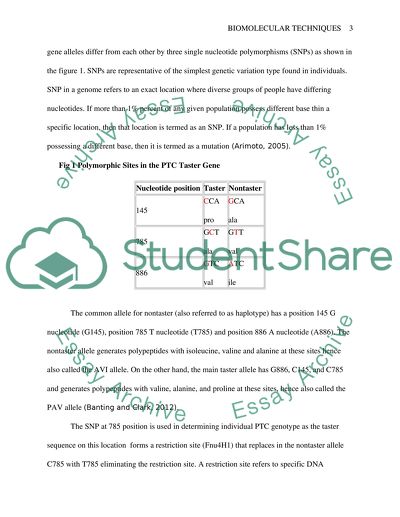Cite this document
(“Biomolecular techniques (bitter taste perception of Research Paper”, n.d.)
Retrieved from https://studentshare.org/health-sciences-medicine/1688797-biomolecular-techniques-bitter-taste-perception-of-phenylthiocarbamide-ptc
Retrieved from https://studentshare.org/health-sciences-medicine/1688797-biomolecular-techniques-bitter-taste-perception-of-phenylthiocarbamide-ptc
(Biomolecular Techniques (bitter Taste Perception of Research Paper)
https://studentshare.org/health-sciences-medicine/1688797-biomolecular-techniques-bitter-taste-perception-of-phenylthiocarbamide-ptc.
https://studentshare.org/health-sciences-medicine/1688797-biomolecular-techniques-bitter-taste-perception-of-phenylthiocarbamide-ptc.
“Biomolecular Techniques (bitter Taste Perception of Research Paper”, n.d. https://studentshare.org/health-sciences-medicine/1688797-biomolecular-techniques-bitter-taste-perception-of-phenylthiocarbamide-ptc.


